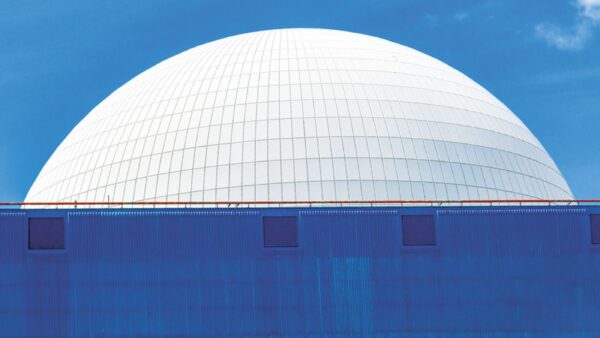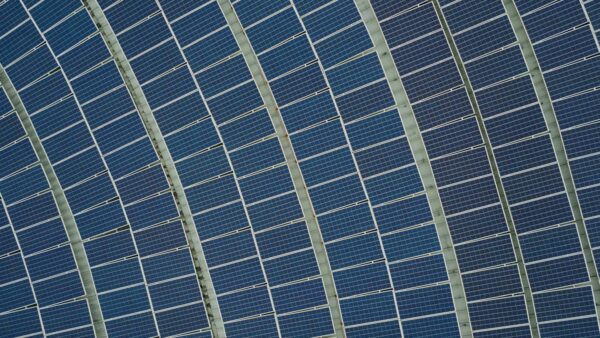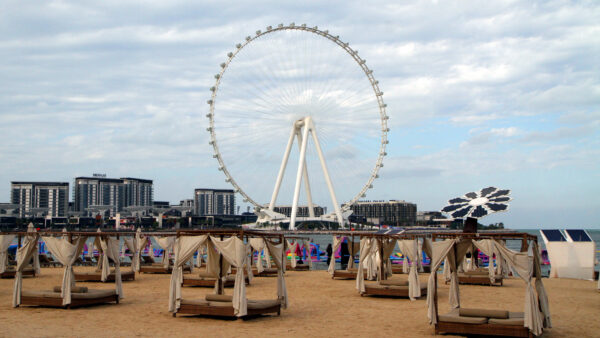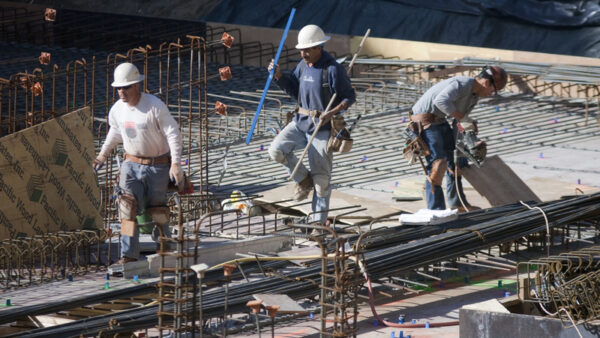The government of South Korea has ordered all public construction to halt during daylight hours as a wave of heat-related deaths sweeps across the country.
The country is experiencing an extended heatwave, with more than 15 days of temperatures over 35°C.
On 1 August, the country recorded its highest ever temperature 40.3°C in Hongcheon, in the northeastern province of Gangwon, while Seoul logged its highest temperature for 111 years: 39.6ËšC.
So far, 29 people are thought to have died from heatstroke, according to the Ministry of Health, Welfare and Disease Control.
The Korean Metereological Administration described the country as being under a “heat dome” – a northern Pacific anticyclone that is gathering strength from a continental high pressure area stemming from Tibet.
The Office of Prime Minister Lee Nak-yon has ordered all public construction sites to cease work during daytime hours for the duration of the extreme temperatures. The move is in response to criticism that the government was not doing enough to counter the extreme conditions.
“All construction and outdoor work issued by the central and local governments and public organisations should cease during the day in times of intense heat waves,” Lee said in a statement issued at the Prime Minister’s Secretariat yesterday (2 August).
“The work can resume when the day cools off, but it can also be delayed for days.”
Lee has recommended that private sector construction companies follow suit. He also called on the authorities to strengthen their oversight of builders to make them comply with safety rules to protect workers from sunstroke.
On a global scale, it seems likely that 2018 will join the years 2015, 2016 and 2017 as the hottest ever recorded. The increase in temperature last year was all the more remarkable because it was not a response to an El Niño, the heating of water in Pacific, which influenced the global climate in 2015 and 2016.
At the same time, the maximum extent of Arctic sea ice at the beginning of March was the lowest since the beginning of satellite observations in 1980, and average sea level has reached a new record – 770mm higher than in 1993, the year when satellite measurement began.
Image: Sunset at a construction site in Seoul (Sane639/Dreamstime)
Further reading:






